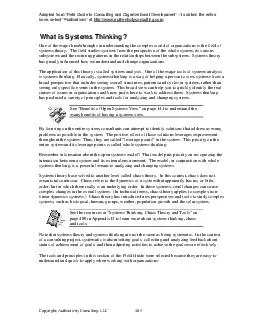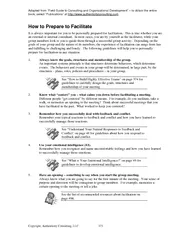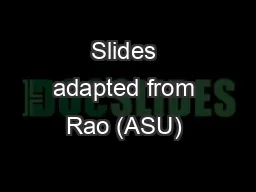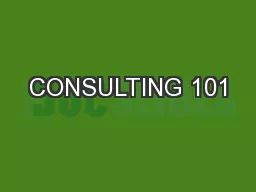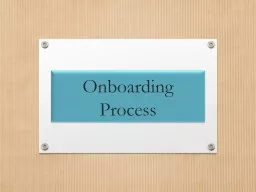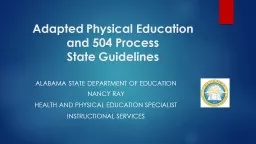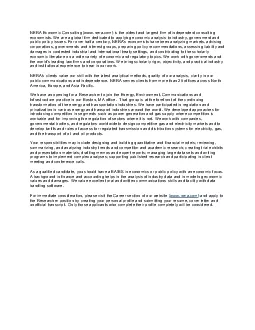PDF-Adapted from Field Guide to Consulting and Or ganizational Development to obtain the
Author : alida-meadow | Published Date : 2015-01-18
authenticityconsultingcom Copyright Authenticity Consulting LLC 405 What is Systems Thinking One of the major breakthroughs in understanding the co mplex world of
Presentation Embed Code
Download Presentation
Download Presentation The PPT/PDF document "Adapted from Field Guide to Consulting a..." is the property of its rightful owner. Permission is granted to download and print the materials on this website for personal, non-commercial use only, and to display it on your personal computer provided you do not modify the materials and that you retain all copyright notices contained in the materials. By downloading content from our website, you accept the terms of this agreement.
Adapted from Field Guide to Consulting and Or ganizational Development to obtain the: Transcript
Download Rules Of Document
"Adapted from Field Guide to Consulting and Or ganizational Development to obtain the"The content belongs to its owner. You may download and print it for personal use, without modification, and keep all copyright notices. By downloading, you agree to these terms.
Related Documents

